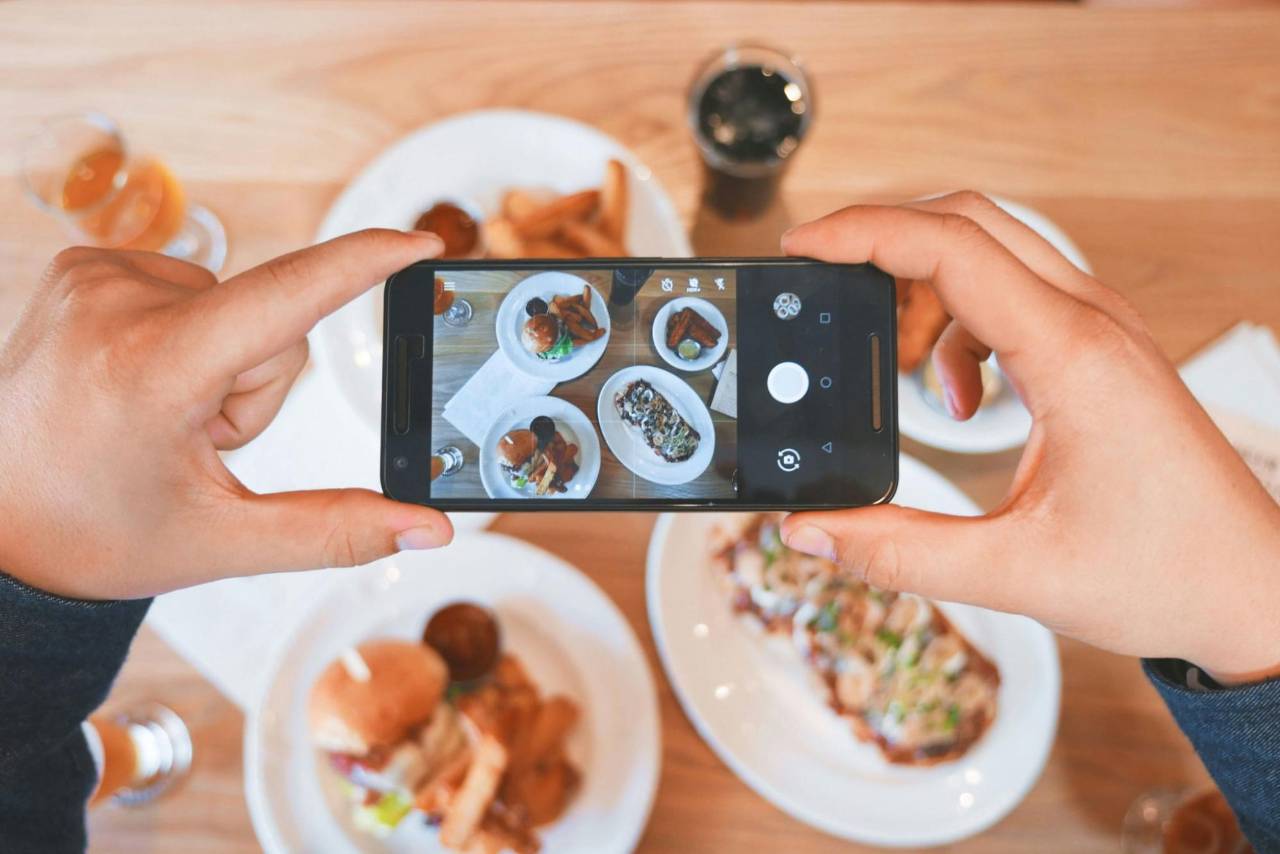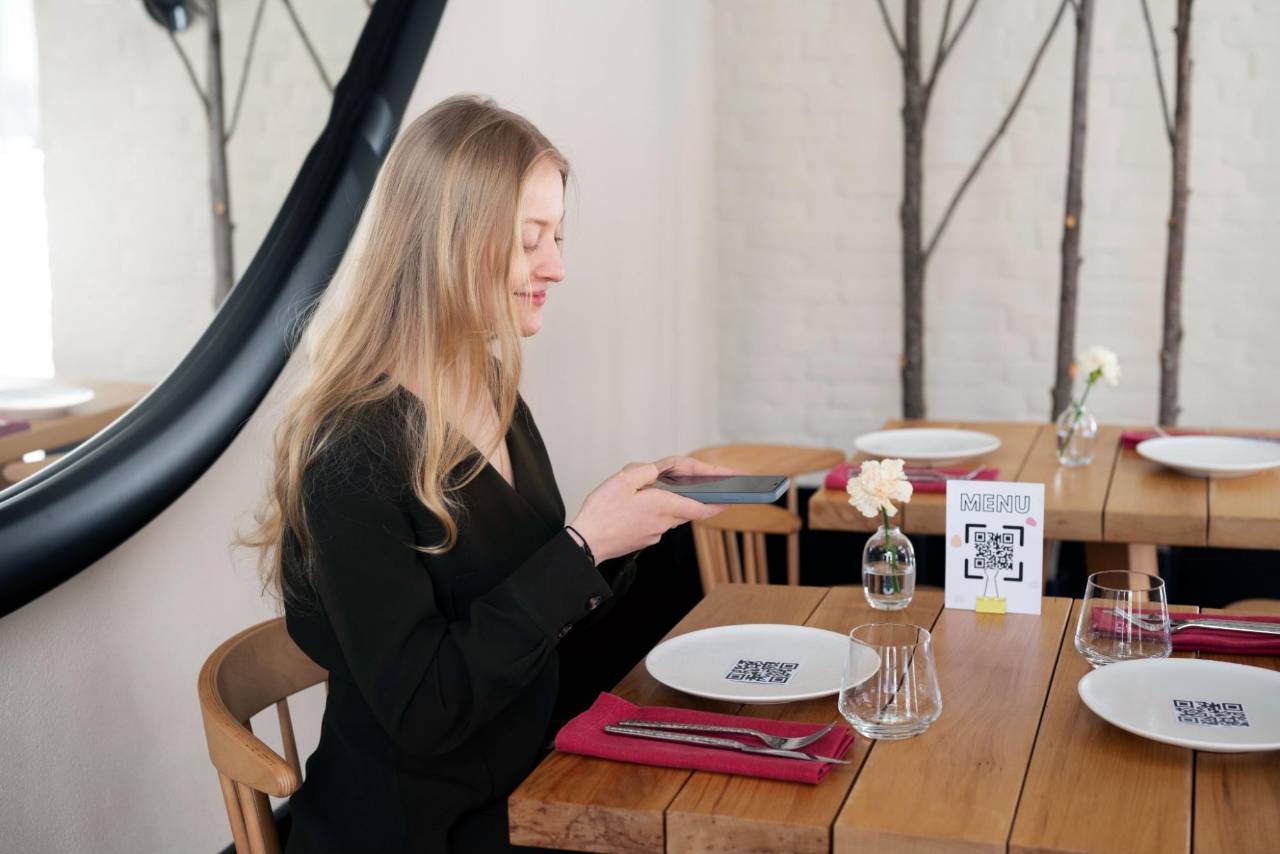How to Build a Strong Restaurant Brand from Scratch
A strong restaurant brand starts with clear values, a defined audience, consistent visuals, and genuine guest experiences that build long-term trust.

The Role of Strong Branding
In today's restaurant world, standing out is harder than ever. A strong brand is what helps customers remember you, trust you, and choose you over others. Research shows that consistent branding can boost revenue by as much as 23%. That means when your visuals, menu tone, and service style all match, customers feel a stronger connection. They know what to expect and are more likely to return.
Building your brand takes time and intention. The process includes understanding your concept, defining your voice, and making sure every detail - from your colors to your customer interactions - tells the same story. In the sections ahead, we'll walk through each step to help you create a restaurant brand that feels genuine, connects with your guests, and grows stronger over time.
Define Your Core Concept and Brand Identity
Every strong restaurant brand starts with a clear concept. Before you design a logo or pick colors, you need to know exactly what your restaurant stands for. Your concept is the foundation of your brand - it defines your food style, your atmosphere, and the kind of experience you want guests to have.
Start by answering a few simple questions - What type of cuisine will you serve? What emotions do you want your guests to feel - excitement, comfort, nostalgia, or adventure? Will your restaurant be fast-paced and casual, or relaxed and elegant? These answers will guide your overall identity and help you create a consistent experience from day one.
Next, define your brand personality. Think of your restaurant as a person - is it fun and playful, or calm and sophisticated? This personality will influence your menu language, design choices, and customer interactions.
It's also important to write a short mission statement that sums up your purpose. This doesn't need to sound fancy - just describe what you do and why you do it. For example - "We bring people together through fresh, local food served in a friendly setting."
When your concept, personality, and mission are clear, every branding decision becomes easier. You'll know what fits your restaurant's story - and what doesn't. This clarity helps your brand feel authentic and ensures customers instantly understand who you are the moment they see your name.
Know Your Target Audience
Once your restaurant concept is clear, the next step is knowing who you're serving. A strong brand connects directly with the right audience - the people who truly value what you offer. Here's how to do it -
1. Identify basic demographics - Start by understanding who your typical guests are - their age, income, lifestyle, and location. For example, busy office workers might want quick, healthy lunches, while families may prefer comfort food and a relaxed atmosphere. Knowing these details helps shape your menu, pricing, and service style.
2. Understand customer motivations - Ask yourself what drives your customers to dine out. Some care about fresh, local ingredients; others look for convenience, fun experiences, or unique flavors. These motivations should guide how you position your brand and how you communicate your message.
3. Gather feedback and data - Use surveys, online reviews, and social media comments to learn what your guests think and feel. Pay attention to patterns - what do people praise or complain about most? Data shows that restaurants aligning their brand with customer preferences see higher satisfaction and loyalty.
4. Tailor your brand experience - Once you understand your audience, make sure your visuals, tone, and promotions reflect their expectations. Speak their language - whether it's playful, elegant, or down-to-earth.
When your brand truly connects with your target guests, every visit feels personal. That's what builds trust, loyalty, and long-term success.

Craft a Memorable Visual Identity
Your visual identity is often the first impression people get of your restaurant. It tells your story before a customer ever tastes your food. A well-designed brand look communicates your style, quality, and personality - and helps people remember you long after they leave.
Start with your logo, the centerpiece of your brand visuals. It should be simple, unique, and easy to recognize. Whether it's a bold word-mark or a creative symbol, make sure it reflects your restaurant's personality and concept. For instance, a fine-dining restaurant might use elegant fonts and subtle colors, while a family-style diner could use warm, friendly designs.
Next, build a color palette that represents your identity. Colors evoke emotion - red can spark appetite and excitement, green signals freshness, blue feels calm, and gold conveys luxury. Choose a few complementary shades and use them consistently across your menus, signage, packaging, and website.
Your typography also plays a key role. Fonts should match your tone - clean and modern for contemporary spots, or handwritten and rustic for cozy cafes. Consistency in fonts helps reinforce recognition across all materials.
Don't forget imagery and layout. Photos, patterns, and design elements should align with your brand's message. Every menu, social post, or flyer should feel like it comes from the same source.
When all these pieces work together - logo, color, font, and visuals - your restaurant feels cohesive and professional. Customers instantly recognize your brand and connect it with a certain feeling or experience, which is exactly what great branding should do.
Develop a Distinct Brand Voice and Message
Your restaurant's voice is how your brand "speaks" to the world. It shapes how customers feel about your business, whether they're reading your menu, scrolling through your social media, or talking to your staff. A distinct voice helps you sound genuine, stay memorable, and build trust with your audience.
Start by defining your brand personality in words - friendly, bold, elegant, playful, or down-to-earth. Once you know who you are, your tone of voice should match that personality. For example, a cozy neighborhood cafe might use warm and conversational language, while a fine dining restaurant could sound refined and polished. Consistency is key - your voice should sound the same across your website, menus, emails, and even how staff greet guests.
Next, focus on your core message - what do you want people to know and feel about your restaurant? This message should tie back to your mission and values. A clear message gives purpose to your marketing and keeps your communication focused.
It's also important to avoid mixed signals. Don't sound formal online but casual in person. Every word your team uses, from menu descriptions to Instagram captions, should feel like it comes from one personality.
A consistent brand voice builds emotional connection. When customers recognize your tone, they feel familiar with your brand and more likely to engage with it. In a crowded market, that sense of personality and trust is what turns casual diners into loyal guests.
Bring the Brand to Life in Every Customer Touchpoint
A restaurant's brand doesn't live only in logos or marketing - it comes alive through every customer interaction. From the moment a guest walks in to the time they leave, every detail should reflect your brand's personality and values. When all touch-points feel connected, customers experience your brand as something real, not just a design.
Start with the environment. Your decor, lighting, background music, and even the scent of your space should match your brand's mood. A modern cafe might feature bright lighting and upbeat tunes, while a fine dining restaurant could use soft lighting and calm music to create an elegant feel. These sensory cues shape first impressions more than words ever could.
Next, look at your menu and presentation. The layout, descriptions, and naming style should all support your identity. A fun and casual spot might use playful dish names, while a minimalist concept might use short, clean descriptions. Even packaging for takeout or delivery is part of the brand experience - it should look and feel consistent with your in-house style.
Then comes customer interaction. How staff greet guests, handle questions, and say goodbye all communicate your brand's tone. A friendly See you next time! can be as powerful as any marketing campaign when it feels genuine.
Finally, ensure your online presence matches the in-person experience. Social media posts, website design, and delivery app listings should all reflect the same personality and visuals.
When your brand is consistent across every touchpoint, it becomes unforgettable - and that consistency keeps customers coming back.

Train Your Team to Live the Brand
Your employees are the face of your restaurant's brand. Every smile, greeting, and interaction shapes how customers remember their experience. To create a strong, consistent brand, your team needs to understand and live it every day. Here's how to make that happen -
1. Share your brand story - Start by explaining what your restaurant stands for - your mission, purpose, and values. When your team understands why your brand exists, they can represent it naturally instead of just memorizing service steps.
2. Include brand values in training - Go beyond technical training. Teach employees how to act, speak, and serve in a way that matches your brand personality. For example, a family-style restaurant might focus on warmth and friendliness, while a fine dining team might emphasize elegance and attention to detail.
3. Communicate consistently - Hold short meetings or check-ins to reinforce your brand message. Talk about what's working, what needs improvement, and how the guest experience can feel more "on-brand." Regular reminders keep your team aligned.
4. Recognize and reward brand ambassadors - When staff members naturally express your brand values, acknowledge them. Public recognition or small rewards motivate others to do the same and strengthen your culture.
5. Lead by example - Managers and owners must model the behavior they expect. When leadership embodies the brand, the entire team follows.
When everyone lives the brand - not just talks about it - guests can feel the difference. That's how loyalty and reputation grow.
Keep Measuring and Evolving Your Brand
Building a strong brand isn't a one-time effort - it's an ongoing process. Over time, your restaurant will grow, your customers may change, and new trends will emerge. To stay relevant and consistent, you need to keep measuring how your brand performs and make small, thoughtful adjustments along the way.
Start by tracking customer feedback. Read online reviews, comment cards, and social media mentions regularly. Pay attention to the words customers use to describe their experience. Are they feeling what you want them to feel? If guests call your restaurant "friendly" and "authentic," that's a good sign your brand message is connecting. If feedback feels off, it's time to fine-tune.
Next, monitor performance metrics. Look at data like repeat visits, average check size, and customer satisfaction scores. Consistent growth in these areas often signals that your brand experience is strong and trustworthy.
You should also evaluate visual and verbal consistency. Make sure your menus, signage, uniforms, and social media all look and sound like they belong to the same brand. Even small inconsistencies - such as mismatched colors or tones - can confuse guests and weaken recognition.
Finally, be open to evolution. As dining trends shift or new customer preferences emerge, update your branding to stay current while keeping your core identity intact. Small refreshes - a new logo style, updated packaging, or revised messaging - can breathe new life into your brand without losing what makes it familiar.
A successful restaurant brand grows just like the business behind it - through consistency, awareness, and a willingness to evolve.